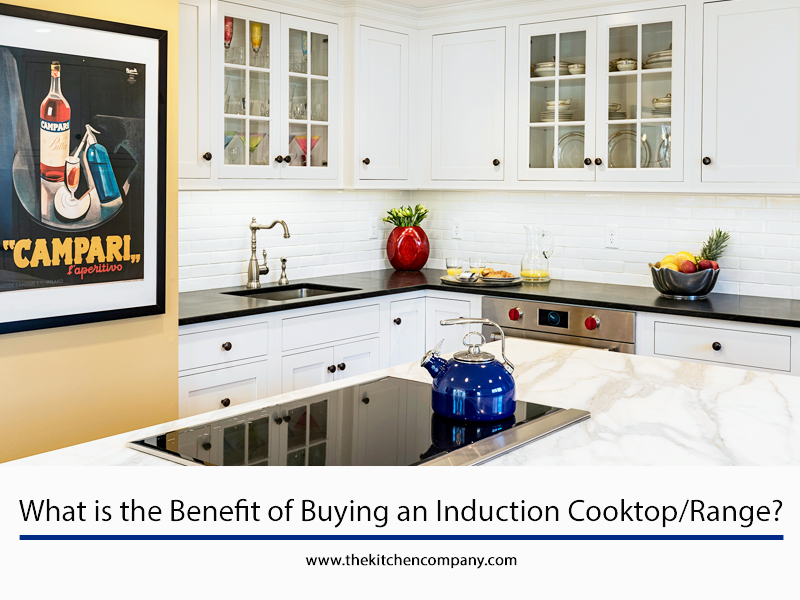Answer: Julie Heussner, Designer
"I love my induction range. When we decided to replace our current range we were choosing between gas and induction. My husband, who does a lot of the cooking, was used to cooking with gas and was hesitant about purchasing induction. I was used to cooking on a glass top electric and was worried about having heavy grates to clean. After we learned the benefits we decided that induction was the way to go."
Induction technology works by creating a magnetic field that heats up the pan instead of using heat from a flame or electric coil. With gas, only 40% of the generated heat actually ends up cooking the food. The other 60% is wasted energy that spills out into the room creating a rise in temperature. Traditional electric cookers use 50% of the generated heat while induction cookers use 90% This 90% utilization allows the pan to heat up much faster than a gas or electric stove top.
"I can bring a big stockpot of water to boil in 5 minutes using the induction cooktop. Whereas that same pot of water took over 30 minutes to boil using gas. Plus, induction is just as responsive to temperature adjustments. Because the heat is not generated from the stove top directly, the heating surface cools down very quickly reducing the risk of burns from the hot stove.
The Only Down Side?
Because the heat source for the induction cooktop is magnetic, the cookware also has to be magnetic. Pans made from ferrous metals like steel or cast iron are needed in order to create the heat. Cookware made from aluminum, glass, or ceramic will not work.
"It's easy to check and see if your pots and pans will work with your new induction stove top. Place a magnet on the underside of your pan and if it sticks you're all set! Now you're only real downside is that because the pot heats so fast, there's no time for prep while the pan heats up!"



Add new comment